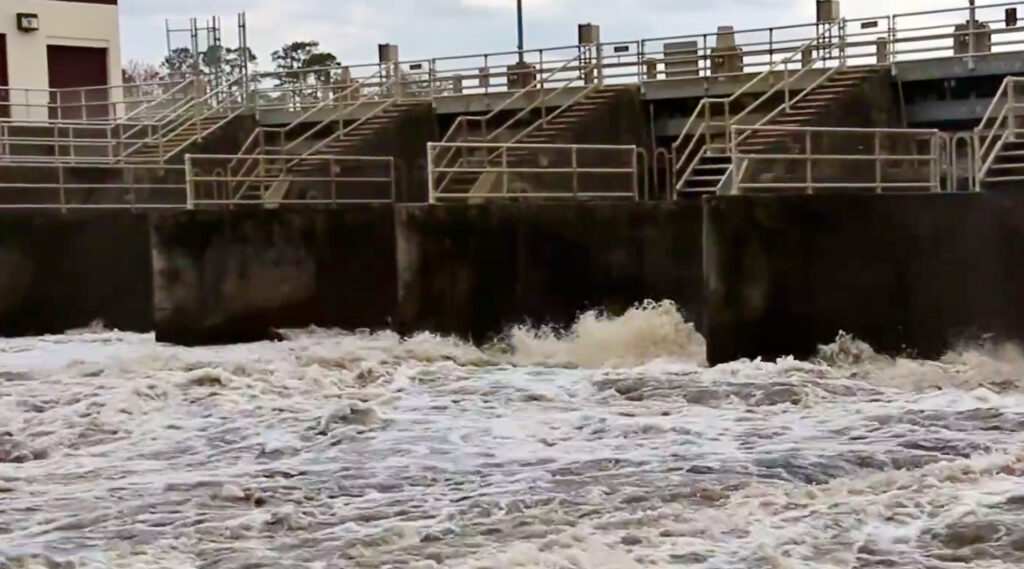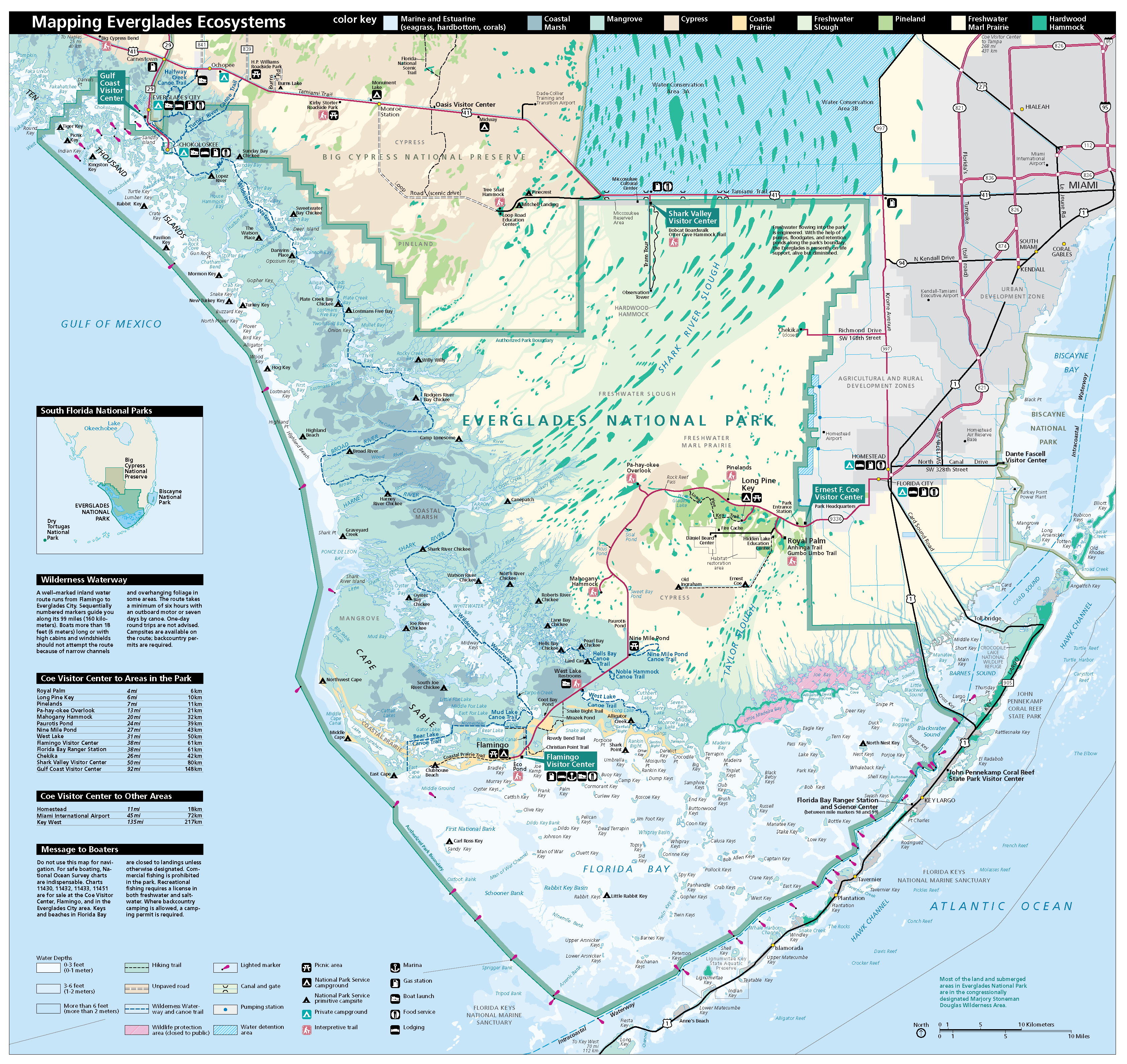Work Remains for Everglades Restoration
El Niño brings high levels of rainfall
Every year, the angling community holds its collective breath as rising water levels in Lake Okeechobee trigger an all too predictable daisy chain of events. It begins with an announcement by the US Army Corps of Engineers that lake levels must be lowered, followed by high-volume discharges of tainted, nutrient-laden waters into the Caloosahatchee and St. Lucie estuaries and Lake Worth Lagoon.
Often referred to as “pulses,” these flows are unleashed in massive waves, spiking estuaries with freshwater, exacerbating red tides and toxic blue-green algae, and producing a cascade of impacts to the environment, fish and wildlife, coastal communities, and a state economy that runs on clean water.
Due to unseasonably high levels of rainfall attributed to El Niño, the lake swelled past the critical 16-foot mark early in Florida’s usual dry season. This prompted the Corps to begin discharging a staggering volume of water in mid-February, with no end in sight. Releases are planned through April—or longer if Florida’s rainfall continued to counter management actions to lower the lake.
Progress
For some, this was a Groundhog Day moment. The anxious, angry emotion could be felt in conversations on skiffs and bar stools, in fly shops and across social media. “Haven’t we fixed this problem?” No, not yet, but we’re making real progress—and at an accelerating pace. Ground was broken in 2023 on the EAA Reservoir, the linchpin in a plan to store, treat, and move water south to the Everglades and Florida Bay.
Likewise, we celebrated the ribbon-cutting in January of the first cell in the EAA Reservoir’s Stormwater Treatment Area (STA). Work on the STA began in 2020 and is expected to be finished by this summer, but we are still years away, perhaps not until 2029, from cutting the ribbon on the new reservoir. In the intervening years, there will no doubt be more releases of unwanted water to the east and west coasts.
The recent progress is remarkable, especially given the decades-long history of Everglades restoration, but clearly our work is not done. To ensure we get there, BTT and other organizations are continuing to call for full funding and expedited completion of all Everglades restoration projects. Your voice has been a vital part of our success and progress thus far, and we will need you again to prevent these critical projects from stalling.

